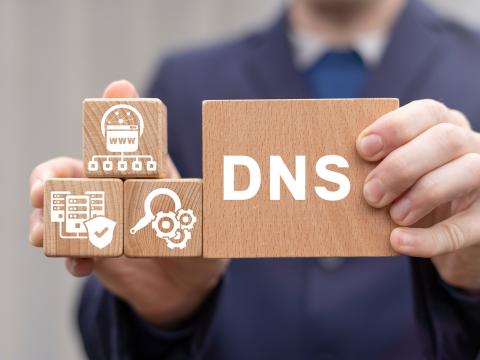Tools to Unleash the Power of Wi-Fi
Despite outcry from federal workers for workplace Wi-Fi, government wireless spending recently reached a five-year low. Seams a bit counterintuitive.
In spite of an outcry from the federal work force for heightened access to wireless networks, U.S. government spending that would extend the service into offices reached a five-year low of $820.2 million in fiscal year 2015, a decline of 21 percent from its peak three years earlier, according to market research firm Govini.
Seems a bit counterintuitive. Wireless access permeates the lives of Defense Department employees when they are at home and has implanted expectations for the same level of access when they are at work, particularly for the millennials joining the job market. They want the same connectivity on the job as they get when popping into their local Starbucks. Reliable workplace Wi-Fi access would mean defense employees can stay connected—and productive—without having to be tethered to their desks. And, deploying department-sponsored Wi-Fi gives agencies control of wireless network users and curtails rogue deployments.
It can be done. But it’s not.
So what’s holding the government back? Many agencies are concerned with bring your own device (BYOD) Wi-Fi security and management challenges caused by the large number of devices connecting to the network. To address these concerns, agencies can take three steps to ease management and address security concerns.
Establish a clear device onboarding process
If hosting an office event, you would want to know who is attending and maybe, even, where they might be located. The same premise applies to managing Wi-Fi access. Network administrators must know who accesses the network at all times, and what information they can access. Agencies should establish different secure device onboarding processes for various access, from government-issued devices to those owned by employees, with a third for visitors.
New users should be integrated directly into the onboarding process, asking users to enter basic information to determine appropriate credentials. This simplifies the onboarding process and allows network administrators to focus on other security functions.
Bring automation into the authentication process.
Once the onboarding process is complete, agencies can assign appropriate roles and access to each user. Guests accessing Wi-Fi in the waiting area of a VA hospital, for example, would be assigned access to a different network than a cleared employee with a BYOD device.
Network automation can play a key role in assigning appropriate certificates and credentials. Automation is more efficient and accurate while assuring that endpoint security compliance policies are followed.
Go beyond passwords.
Passwords are not always the best security method, especially for wireless networks. Agencies benefit from software tools that enable the creation of public key infrastructures (PKI) to ensure that once the network recognizes their devices, users do not need to input an insecure, easy-to-distribute password each time they login. Since access is rules-based, this approach both improves the user experience and makes distributing, managing and revoking wireless certificates automatic as roles and rules change.
Government agencies should embrace the need for BYOD wireless access. Securing and managing all wireless networks can be done using strong implementation practices and emerging technology. With these three steps in place, agencies can use Wi-Fi to transform the government workforce experience and improve mission outcomes.
Chris Collura is senior manager of business development, Ruckus Wireless Networking, Brocade Federal.





Comments